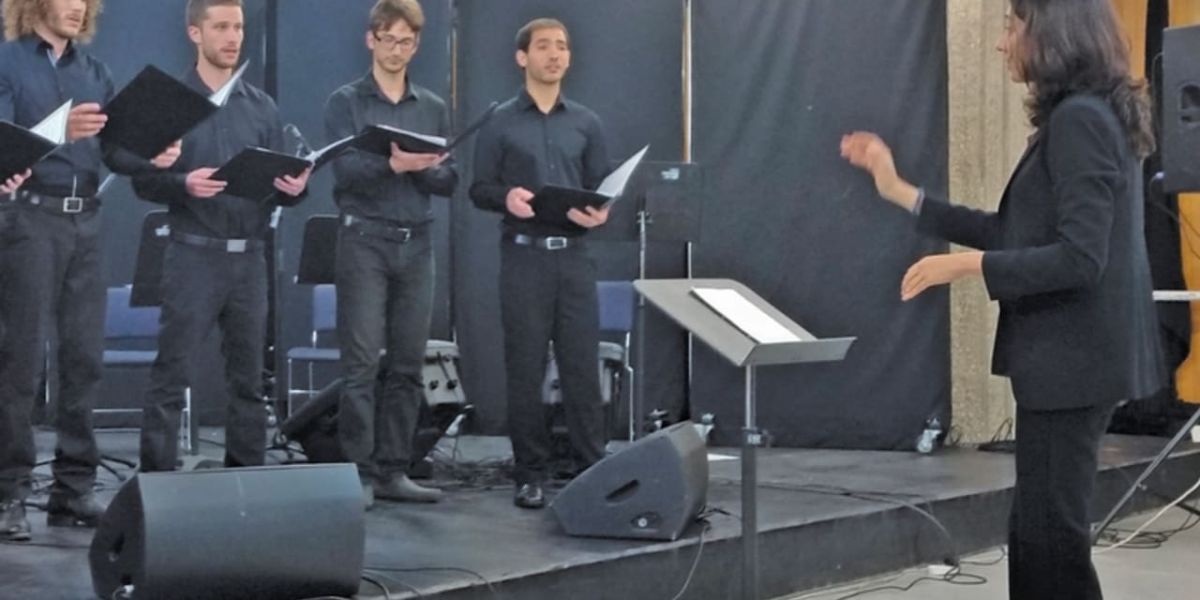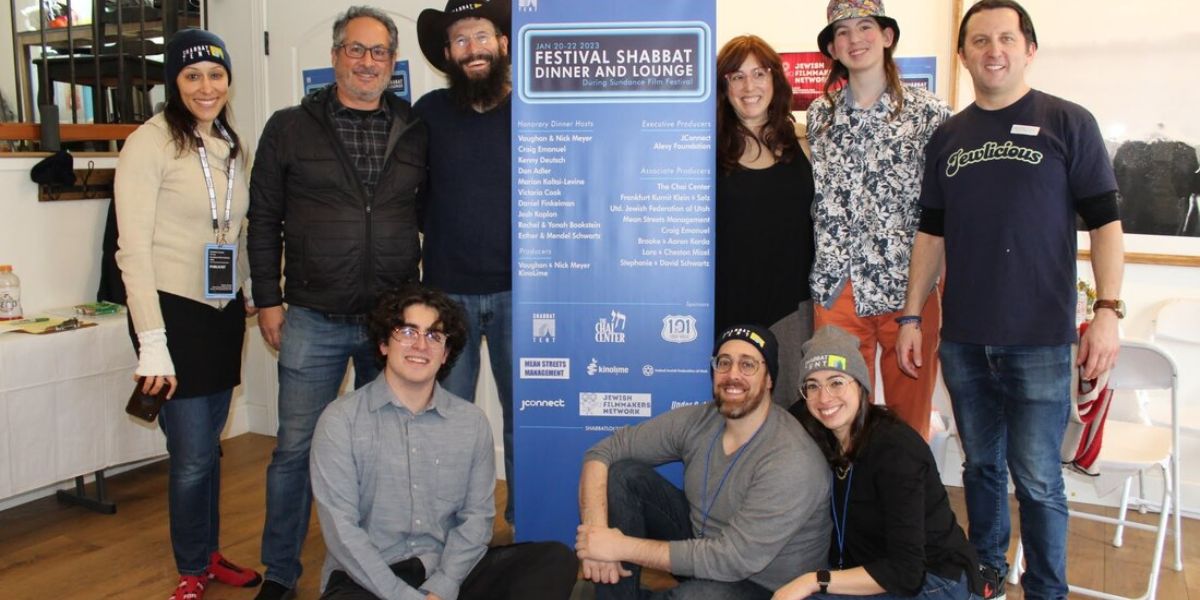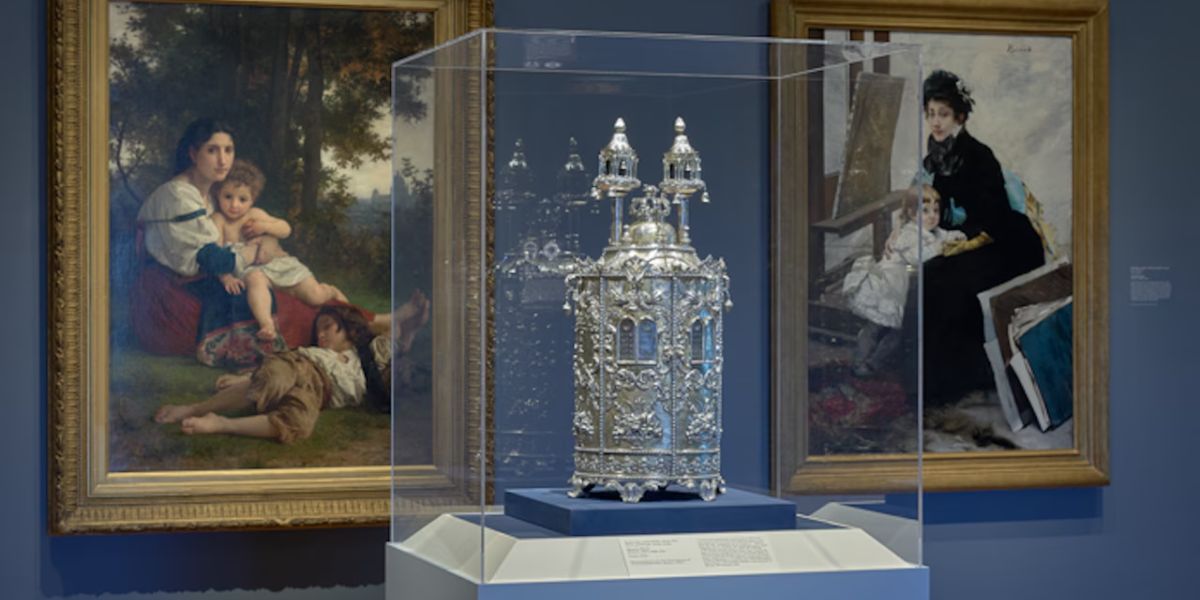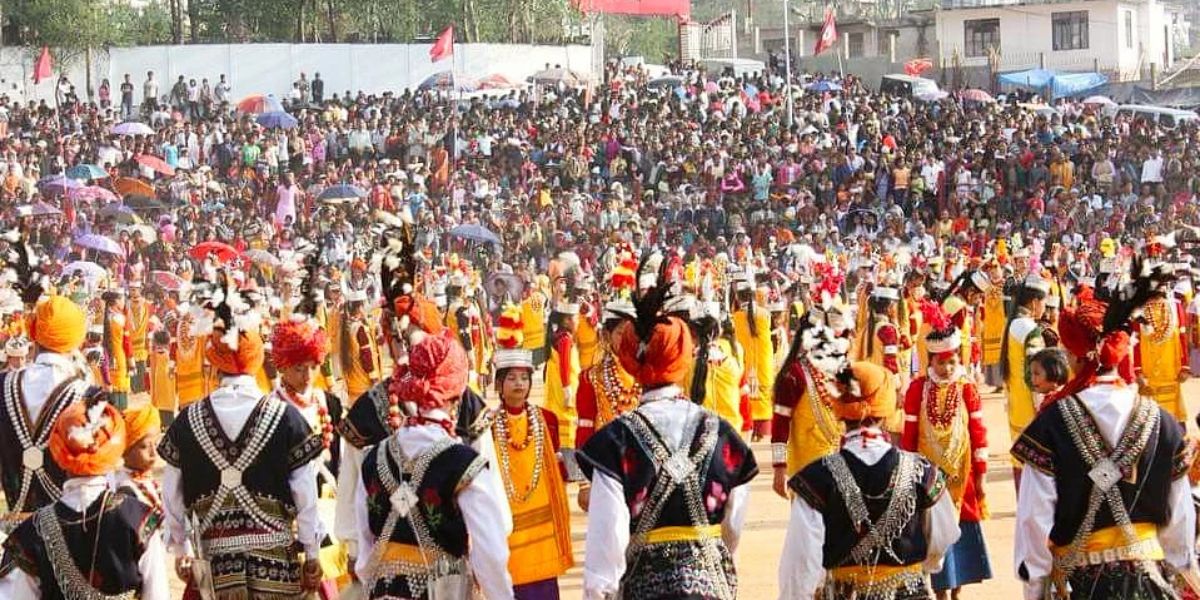Asia, a quiet renaissance in Jewish music is taking shape — one built not on imitation, but on memory. From the streets of Shanghai to the concert halls of Singapore, Jewish composers are rediscovering their roots and finding a voice that bridges centuries of heritage with the rhythms of the modern East.
Rediscovering Cultural Identity Through Sound
For many Jewish artists living or working in Asia, music has become both an archive and a dialogue — a way to carry forward memories of exile, resilience, and belonging. This creative wave has been especially visible in Hong Kong, where several composers have begun blending Hebrew melodies with Cantonese tonal structures and Southeast Asian instrumentation.
Table of Contents
“Music is the most honest form of memory,” says David Abramson, a Hong Kong–based composer who recently premiered The Silk Road Psalms, a work combining Sephardic chants with Chinese erhu and bamboo flute. “When we collaborate with Asian musicians, we’re not just making art — we’re remembering who we are.”
The convergence of Jewish and Asian influences isn’t new, but what’s striking today is the sense of intentionality. These composers aren’t merely visitors in a foreign culture; they’re contributors to a shared soundscape shaped by migration and multicultural identity.
Historical Echoes in Shanghai and Beyond
The roots of Jewish musical expression in Asia run deep. During the 1930s and 1940s, Shanghai hosted one of the world’s largest Jewish refugee populations, and music played a vital role in keeping community identity alive. Small orchestras and synagogue choirs performed Yiddish and classical works in makeshift venues, leaving behind a rich but often overlooked legacy.
Today, young musicians are revisiting that history through archival research and reinterpretation. At Shanghai Conservatory of Music, a student ensemble recently performed arrangements inspired by manuscripts preserved at the Shanghai Jewish Refugees Museum — a moving reminder of how creativity survives displacement.
“Those notes on yellowed paper are more than melodies,” says curator Leah Ben-David, “they’re testimonies of survival.”
Collaboration Between East and West
One of the most exciting aspects of this new movement is the collaboration between Jewish and Asian artists. In Singapore, a group of composers has launched a cross-cultural residency program that pairs klezmer traditions with gamelan percussion. In Tokyo, the Shalom Ensemble experiments with fusing Hebrew liturgical pieces with Japanese pentatonic scales, creating soundscapes that feel simultaneously ancient and contemporary.
These projects often blur the boundaries between sacred and secular music. Traditional Jewish themes such as exile, covenant, and renewal are reimagined through the lenses of Asian philosophy and instrumentation. The result is a body of work that both honours the past and challenges artistic boundaries.
The Role of Technology and Global Exchange
Digital platforms have made it easier for composers in Asia to connect with Jewish musicians around the world. Online workshops and collaborations through programs like The Global Jewish Music Network have allowed artists to record remotely, share samples, and build hybrid compositions without ever leaving their home cities.
This accessibility has also led to a new form of cultural preservation. Young Jewish musicians in Asia are digitising historic scores, restoring cassette recordings from the 1980s, and uploading their interpretations to streaming platforms. It’s not just an act of nostalgia — it’s a living archive.
Education and Community Engagement
Across Hong Kong and Bangkok, Jewish schools and cultural centres are now integrating music education programs that focus on Jewish heritage in Asian contexts. Workshops explore how rhythm and melody can communicate identity, while performance programs bring together students from different backgrounds to collaborate on cultural fusion pieces.
“It’s about giving the next generation a language for connection,” explains Rina Goldstein, who directs an annual youth music exchange between Hong Kong and Manila. “Music gives them pride and belonging, even far from the places their families once called home.”
These educational efforts are nurturing not just musicians, but cultural ambassadors who understand the power of music to unify across languages and traditions.
A New Chapter in Jewish Musical Heritage
What’s emerging across Asia is more than a regional trend — it’s a chapter in a global story of renewal. The fusion of Jewish memory with Asian artistry offers something profound: a shared vocabulary of sound that transcends geography and speaks directly to the human experience of remembrance and hope.
For many composers, this synthesis isn’t just about music — it’s about reclaiming identity in a globalised world. It’s proof that even far from Jerusalem or New York, Jewish expression continues to evolve, adapt, and inspire.
What do you think of this growing movement of Jewish-Asian musical collaboration? Share your thoughts and stories in the comments below at jewishtimesasia.org.










